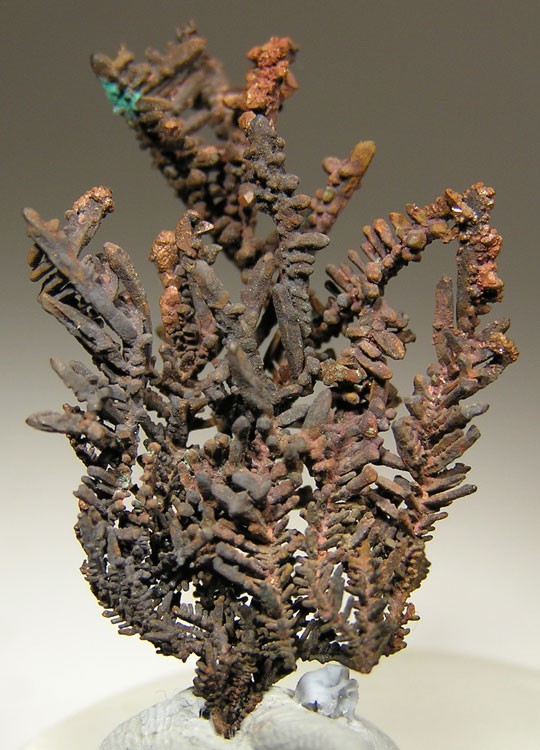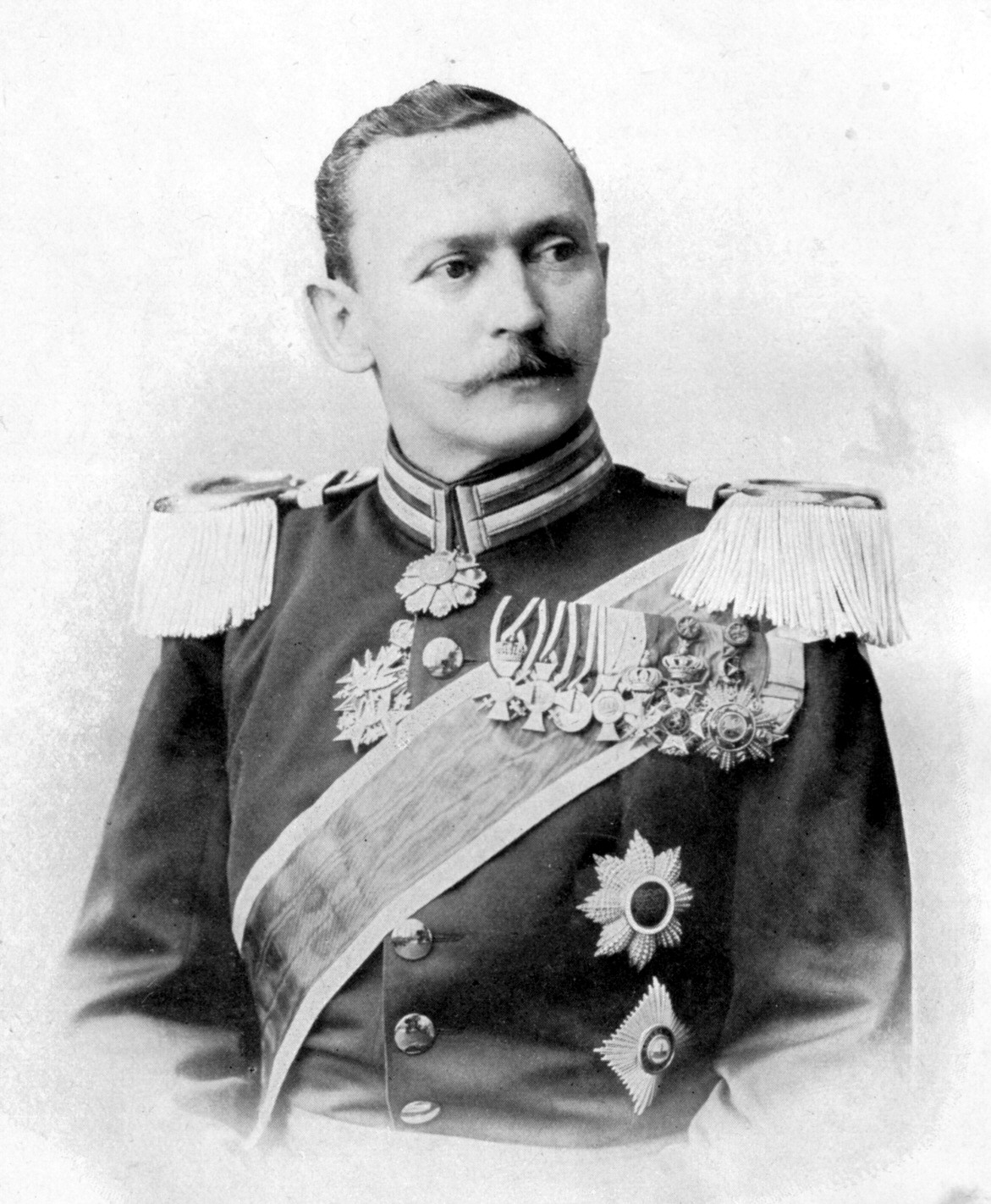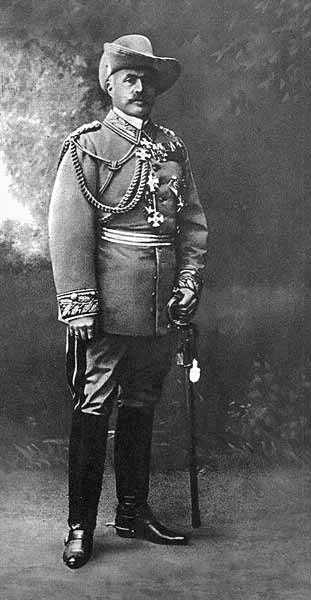|
Seeis
Seeis ( ąseňźa…™s hz, Okangondo) is a small settlement in the Khomas Region of central Namibia. It is situated on the B6 national road east of Hosea Kutako International Airport on the turnoff of the dirt road D1458. The ''Seeis Rivier'', an ephemeral river, cuts the settlement. Seeis is a railway stop on the Windhoek - Gobabis railway line. The settlement belongs to the Windhoek Rural electoral constituency and features a school and a police station. The ''Seeis stud'' warmblood horse stud farm is located nearby. It has produced a number of successful sport horses and stallions. History Seeis was a populated outpost at least since German colonisation in the 1880s. Manasse «ÉNoreseb, leader of the Kai«Ākhaun, settled here with his clan in 1889 while fleeing from the approaching troops of Hendrik Witbooi, his archenemy. At that time, Seeis was under the control of Maharero, chief of the Herero people. In 1897 a post office was built, and it was situated on one of the few p ... [...More Info...] [...Related Items...] OR: [Wikipedia] [Google] [Baidu] |
Windhoek Rural
Windhoek Rural is a constituency in the Khomas Region of Namibia. Its district capital is the settlement of Groot Aub. It had a population of 22,254 in 2011, up from 20,212 in 2001. , it has 13,625 registered voters. Windhoek Rural contains all settlements in the Khomas Region that are outside the city of Windhoek, among them: *Aris *Brakwater * Dordabis *Mix camp * Nauchas *Nina *Seeis *Solitaire The main economic activity in this constituency is farming and related work like gardening, seed production, and firewood collection; 90% of the area consists of commercial farms. Politics The 2004 regional election was won by Frederick Arie of the SWAPO Party who took over from Albert Tsuoub of the Democratic Turnhalle Alliance (DTA). The 2015 regional election were also won by SWAPO whose Penina Ita gained 2,372 votes. Willem Hendrik Vries of the Democratic Turnhalle Alliance (DTA) came second with 848 votes, followed by Bernard Gaoseb of the Republican Party (RP) with 415 vot ... [...More Info...] [...Related Items...] OR: [Wikipedia] [Google] [Baidu] |
Schutztruppe
(, Protection Force) was the official name of the colonial troops in the African territories of the German colonial empire from the late 19th century to 1918. Similar to other colonial armies, the consisted of volunteer European commissioned and non-commissioned officers, medical and veterinary officers. Most enlisted ranks were recruited from indigenous communities within the German colonies or from elsewhere in Africa. Military contingents were formed in German East Africa, where they became famous as , in the Kamerun colony of German West Africa, and in German South West Africa. Control of the German colonies of New Guinea, in Samoa, and in Togoland was performed by small local police detachments. Kiautschou in China under Imperial Navy administration was a notable exception. As part of the East Asian Station the navy garrisoned Tsingtao with the marines of III, the only all-German unit with permanent status in an overseas protectorate. Deployment The name of the Germa ... [...More Info...] [...Related Items...] OR: [Wikipedia] [Google] [Baidu] |
B6 Road (Namibia)
B6 is a national highway of eastern-central Namibia. It is long and connects the capital Windhoek with the Buitepos border crossing to Botswana. Gobabis, the capital of Omaheke Region, lies on the B6, as do the villages of Seeis, Omitara and Witvlei. Hosea Kutako International Airport is also located on the B6, east of Windhoek. The entire length of the B6 is part of the Trans-Kalahari Corridor route that connects the Namibian harbour town of Walvis Bay via Botswana with Pretoria, the capital of South Africa. History District roads between Windhoek and Witvlei and between Witvlei and Gobabis had been proclaimed in 1912 by the colonial administration of German South West Africa. As all other roads at that time these roads were ox wagon tracks cleared of boulders but otherwise unconstructed. The territory had a total of only 5 motor vehicles at that time, and transport by motor vehicle only increased significantly with the deployment of South African troops during World War I ... [...More Info...] [...Related Items...] OR: [Wikipedia] [Google] [Baidu] |
Manasse «ÉNoreseb
Manasse «ÉNoreseb Gamab (also Manasse of Hoachanas, circa 1840‚Äď1 December 1905) was the thirteenth Kaptein of the Khai«Ākhaun (Red Nation), a subtribe of the Nama people in Namibia, between 1880 and 1905. At the start of Imperial Germany colonisation of South-West Africa, Manasse was one of the most powerful leaders in the area. Early life and ascendance to chieftaincy Manasse was the son of chief Gameb «ĀNanimab and his wife Gamis. He was baptised at the mission station of Hoachanas in 1860 and married a Christian convert. When he was expelled from church in 1864 he also left his wife. Manasse then took a second wife and lived with the San people in the area of Hoachanas. When chief «āGoraxab «ĀOasib (Barnabas) died in 1871, Manasse «ÉNoreseb declared his candidacy to succeed him. Due to earlier conflict the missionaries at Hoachanas prevented him from becoming chief and installed «ÄG√Ęberob «āGoraxamab (Petrus) in his place. When Petrus died in the Battle of Otjikango in ... [...More Info...] [...Related Items...] OR: [Wikipedia] [Google] [Baidu] |
Regions Of Namibia
Namibia uses regions as its first-level subnational administrative divisions. Since 2013, it has 14 regions which in turn are subdivided into 121 constituencies. Upon Namibian independence, the pre-existing subdivisions from the South African administration were taken over. Since then, demarcations and numbers of regions and constituencies of Namibia are tabled by delimitation commissions and accepted or declined by the National Assembly. In 1992, the ''1st Delimitation Commission'', chaired by Judge President Johan Strydom, proposed that Namibia should be divided into 13 regions. The suggestion was approved in the lower house, The National Assembly. In 2014, the ''4th Delimitation Commission'' amended the number of regions to fourteen. Regions 1990‚Äď1992 See also *Constituencies of Namibia Each of the 14 regions of Namibia is further subdivided into electoral constituencies. The size of the constituencies varies with the size and population of ... [...More Info...] [...Related Items...] OR: [Wikipedia] [Google] [Baidu] |
Stallions
A stallion is a male horse that has not been gelded (castrated). Stallions follow the conformation and phenotype of their breed, but within that standard, the presence of hormones such as testosterone may give stallions a thicker, "cresty" neck, as well as a somewhat more muscular physique as compared to female horses, known as ''mares'', and castrated males, called ''geldings''. Temperament varies widely based on genetics, and training, but because of their instincts as herd animals, they may be prone to aggressive behavior, particularly toward other stallions, and thus require careful management by knowledgeable handlers. However, with proper training and management, stallions are effective equine athletes at the highest levels of many disciplines, including horse racing, horse shows, and international Olympic competition. "Stallion" is also used to refer to males of other equids, including zebras and donkeys. Herd behavior Contrary to popular myths, many stallions do not ... [...More Info...] [...Related Items...] OR: [Wikipedia] [Google] [Baidu] |
German War Graves Commission
The German War Graves Commission ( in German) is responsible for the maintenance and upkeep of German war graves in Europe and North Africa. Its objectives are acquisition, maintenance and care of German war graves; tending to next of kin; youth and educational work; and preservation of the memory to the sacrifices of war and despotism. Former head of the Bundeswehr Wolfgang Schneiderhan was elected President of the organisation in 2016, succeeding SPD politician Markus Meckel. The President of Germany, currently Frank-Walter Steinmeier (SPD), is the organisation's patron. Role The German War Graves Commission cares for the graves, at 832 cemeteries in 46 countries, of more than 2.7 million persons killed during World War I and World War II. The German war graves are intended to remember all groups of war dead: military personnel, those dead by aerial warfare, murdered in the Holocaust, and all other persons persecuted to death. In addition, the Volksbund maintains cemeteries ... [...More Info...] [...Related Items...] OR: [Wikipedia] [Google] [Baidu] |
Germans
, native_name_lang = de , region1 = , pop1 = 72,650,269 , region2 = , pop2 = 534,000 , region3 = , pop3 = 157,000 3,322,405 , region4 = , pop4 = 21,000 3,000,000 , region5 = , pop5 = 125,000 982,226 , region6 = , pop6 = 900,000 , region7 = , pop7 = 142,000 840,000 , region8 = , pop8 = 9,000 500,000 , region9 = , pop9 = 357,000 , region10 = , pop10 = 310,000 , region11 = , pop11 = 36,000 250,000 , region12 = , pop12 = 25,000 200,000 , region13 = , pop13 = 233,000 , region14 = , pop14 = 211,000 , region15 = , pop15 = 203,000 , region16 = , pop16 = 201,000 , region17 = , pop17 = 101,000 148,00 ... [...More Info...] [...Related Items...] OR: [Wikipedia] [Google] [Baidu] |
Samuel Maharero
Samuel Maharero (1856 – 14 March 1923) was a Paramount Chief of the Herero people in German South West Africa (today Namibia) during their revolts and in connection with the events surrounding the Herero genocide. Today he is considered a national hero in Namibia. Life Samuel Maharero was son to Maharero, an important Herero warrior and cattle raider. He was baptised in 1869 and went to the local Lutheran schools, where he was seen as a potential priest. When his father died in 1890, he gained the chieftainship in the area of Okahandja, although he did not gain much of his father's wealth and cattle according to Herero inheritance customs. Initially, he maintained fairly good relations with the German colonial administration under Theodor Leutwein. However, increasing problems, involving attacks by German farmers, economic difficulties and pests, and the use of Herero land for railroads, all lead to diminished relations. Angered by the ill-treatment of the Herero people by ... [...More Info...] [...Related Items...] OR: [Wikipedia] [Google] [Baidu] |
German Empire
The German Empire (),Herbert Tuttle wrote in September 1881 that the term "Reich" does not literally connote an empire as has been commonly assumed by English-speaking people. The term literally denotes an empire ‚Äď particularly a hereditary empire led by an emperor, although has been used in German to denote the Roman Empire because it had a weak hereditary tradition. In the case of the German Empire, the official name was , which is properly translated as "German Empire" because the official position of head of state in the constitution of the German Empire was officially a "presidency" of a confederation of German states led by the King of Prussia who would assume "the title of German Emperor" as referring to the German people, but was not emperor of Germany as in an emperor of a state. ‚ÄďThe German Empire" ''Harper's New Monthly Magazine''. vol. 63, issue 376, pp. 591‚Äď603; here p. 593. also referred to as Imperial Germany, the Second Reich, as well as simply Germany, ... [...More Info...] [...Related Items...] OR: [Wikipedia] [Google] [Baidu] |
Herero And Namaqua Genocide
The Herero and Namaqua genocide or the Herero and Nama genocide was a campaign of ethnic extermination and collective punishment waged by the German Empire against the Herero (Ovaherero) and the Nama in German South West Africa (now Namibia). It was the first genocide of the 20th century, occurring between 1904 and 1908. In January 1904, the Herero people, who were led by Samuel Maharero, and the Nama people, who were led by Captain Hendrik Witbooi, rebelled against German colonial rule. On January 12, they killed more than 100 German settlers in the area of Okahandja, although women, children, missionaries and non-German Europeans were spared. In August, German General Lothar von Trotha defeated the Ovaherero in the Battle of Waterberg and drove them into the desert of Omaheke, where most of them died of dehydration. In October, the Nama people also rebelled against the Germans, only to suffer a similar fate. Between 24,000 and 100,000 Hereros and 10,000 Nama died in the g ... [...More Info...] [...Related Items...] OR: [Wikipedia] [Google] [Baidu] |
New Era (Namibia)
The ''New Era'' is a daily national newspaper owned by the government of Namibia. The newspaper is one of four daily national newspapers in the country, the others being ''The Namibian'' (English and Oshiwambo), ''Die Republikein'' (Afrikaans) and '' Allgemeine Zeitung'' (German). ''New Era'' was created by the ''New Era Publications Corporation Act of 1992''. According to Ullamaija Kivikuru, it copied the format of ''The Namibian'' in order to establish credibility. The two newspapers still resemble each other in having long stories spread over several pages. ''New Era'' has a usual circulation of 9,000, going up to 11,000 on Fridays.Rothe, ''Media System and News Selections in Namibia'', p. 23. It was established as a weekly newspaper and was later published only bi-weekly. It has appeared daily since 2004. ''New Era'' is published in English and five indigenous languages: Otjiherero, Oshiwambo, Damara/Nama, Silozi, and Khwedam. ''New Era'' is published by the New Era Public ... [...More Info...] [...Related Items...] OR: [Wikipedia] [Google] [Baidu] |








